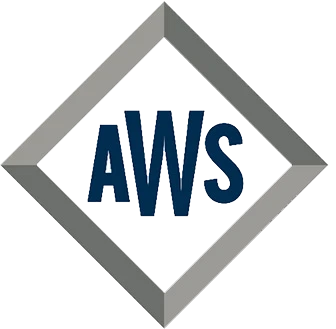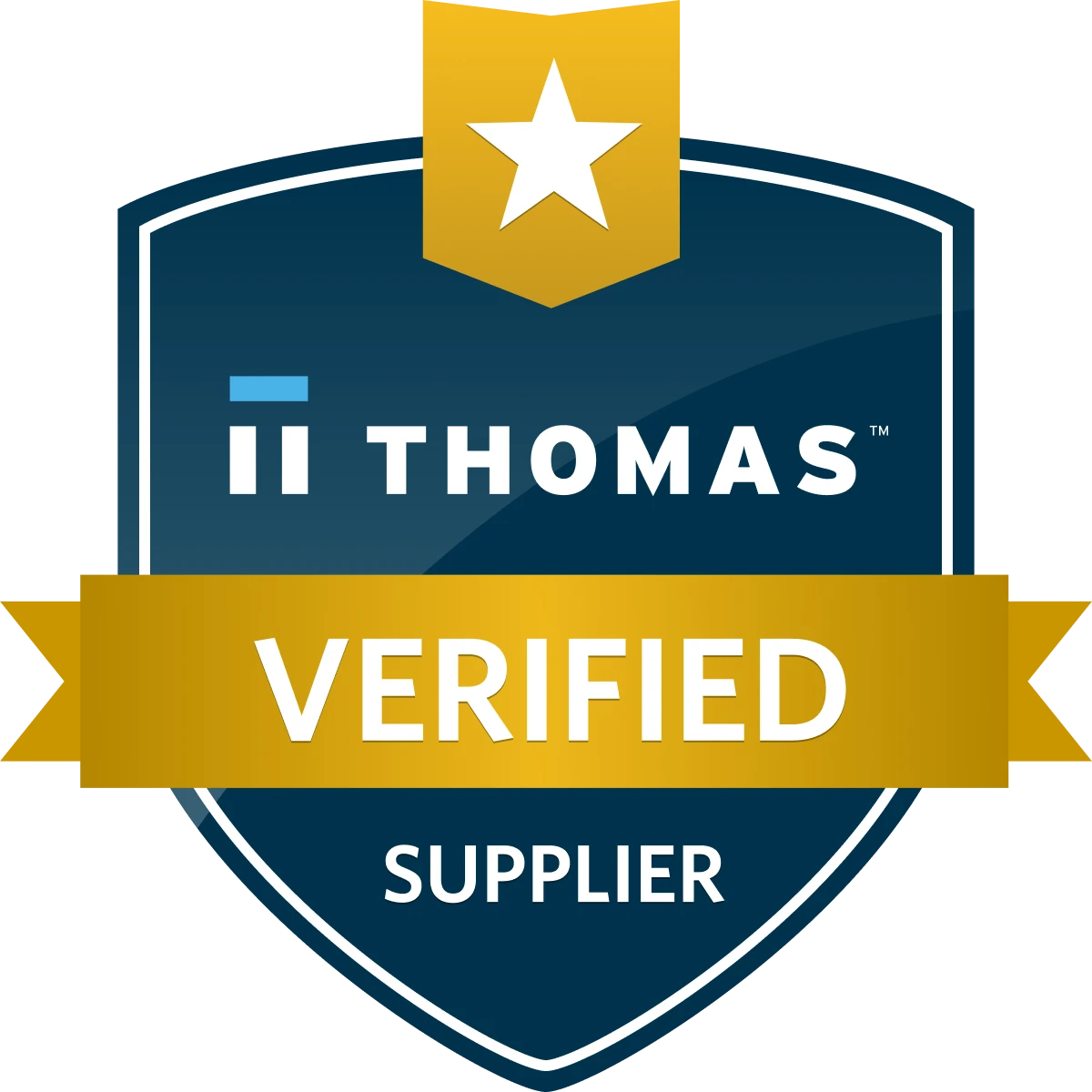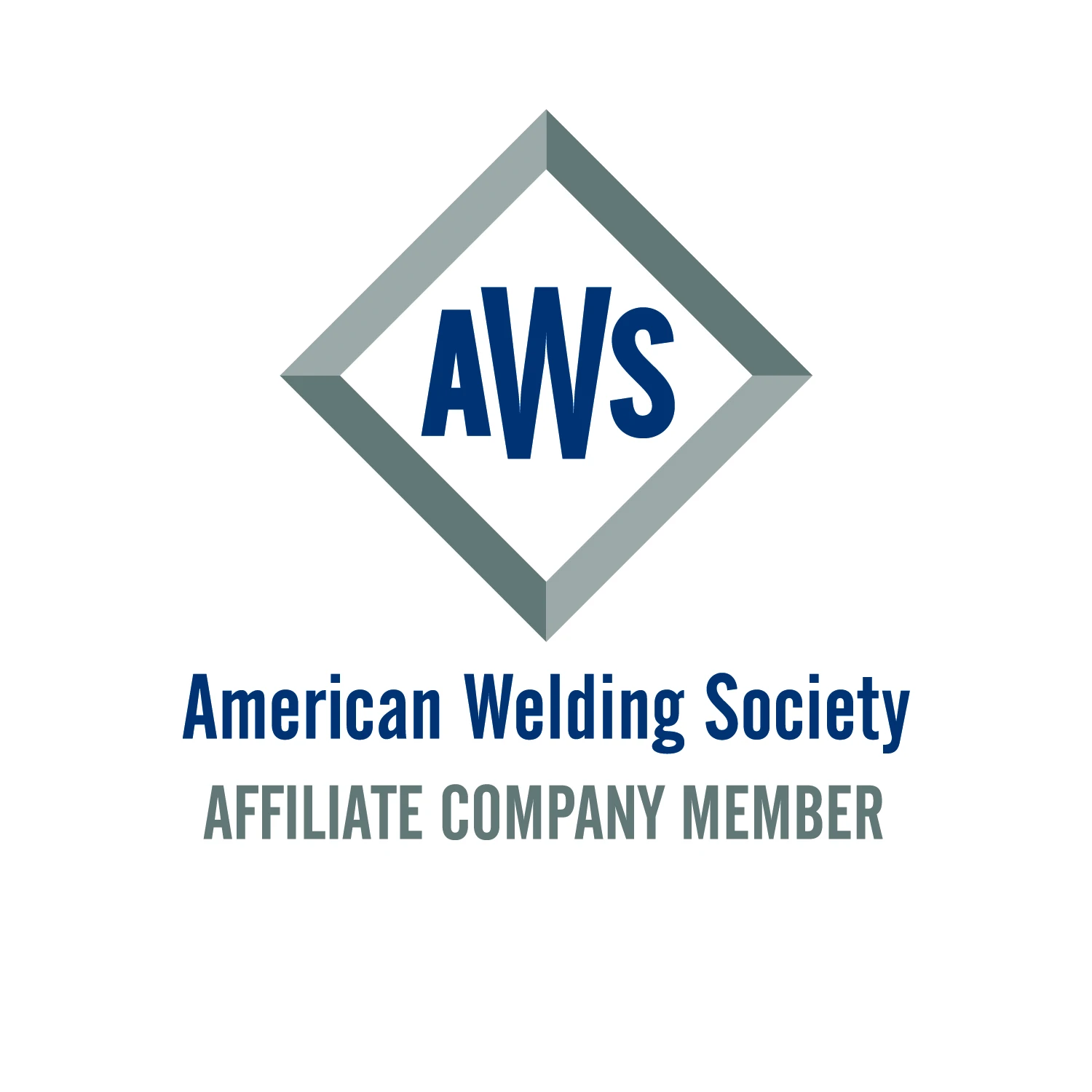Looking for an alternative to stamping? Consider punch technology.
According to Stamping Journal:
“There is no denying a stamping press’s ability to mass-produce large quantities of parts in a time-efficient manner. Stamping is a ‘sure-thing’ approach that shop owners and plant managers have relied on successfully for large-run consistency.
“But in the ever-changing world of manufacturing, the market constantly requires more customization, continuous improvement, design changes, and smaller production batches than before.
“If there is anything consistent about manufacturing, it is that manufacturers are always looking for the most cost-effective ways to improve operations, whether it be by reducing scrap, reducing downtime, making tooling last longer, improving work flow, or enhancing operator training. In addition, their customers are demanding versatility and flexibility.
“Fortunately, a punch or punch/laser combination machine offers a way to respond to the challenges.
Punch Machines Pack a Punch
“With a variety of standard and customizable tools, a punch machine meets the requirement for very specific hole sizes, tolerances, and form heights. A stamper can order a custom tool to make the specific part that its customer is looking for. The tooling ordering process is quite simple. A punch tooling supplier would first need a 3D drawing of the part to view the heights and sizes needed to form it. Many punch tool suppliers keep standard tools in stock. Custom tools can take up to two weeks to build.
“A linear-style punch machine, unlike the turret-style punch machine, is designed to make it easy to add or remove custom tools at any time. That ability is suitable for small-batch runs, testing, and measuring. Having the capability to remove tools simply maximizes tool sharpening quality and efficiency. It also frees up valuable space on the machine while it is running other programs. You can just upload a program, load the material, verify that the proper tooling is on the rail, and press ‘play.’
“Linear punch machines can be efficient as well. They are built with a direct connection between the punching tool and the head; no springs are used in this machine. Because 100% of the machine’s punching force is applied to the raw material, its energy is not wasted through the spring.
“A punch machine can be equipped with tools that form, shear, nibble, tap, bend, and mark, creating a finished product fast and efficiently and reducing the overall work flow. In some cases, a punch or punch/laser combination machine may be able to process a workpiece completely.
“Roller Deburring. With proper tooling, postproduction can become obsolete. For instance, a roller deburring tool produces burr-free sheet metal parts, thereby eliminating or reducing the need to grind or remove burrs. This accelerates throughput time considerably, and the improved edge quality lowers the risk of injury during part handling. A roller deburring tool rounds the punched edges, making them suitable for appearance pieces. A high-quality result can be obtained within the sheet thickness ranges by adapting the roller contour to the modified burr and to the width of the separation gap.
“Ball Deburring. With a ball deburring tool, you can deburr small, complex holes and corners and large contours on workpieces. The cone-shaped punch head allows you to deburr close to formed sections as well.
“Tapping. A punch machine is equipped with forming tools, such as a tapping tool, that enable you to form sheet metal parts. Using a tapping tool, you can create threads directly on the machine without chip formation. That’s because the tapping process displaces rather than cuts the material. Manufacturers can create threads in a pre-processed punch hole or extrusion. The threads formed during this process are stronger than threads that have been cut into the part, enhancing fit accuracy.
“Bending. Bending tools help to lower part costs by reducing downstream work steps. Bending with the punching head lets you complete multiple processes on one machine. A bend angle up to 90 degrees is achievable. Machine utilization increases while part cost decreases. Mark-free edges can be obtained through the bending roller in the die.
360-degree Tool Rotation Pushes the Limits
“Perhaps the greatest example of the flexibility that a punch machine can offer is 360-degree tool rotation. While a stamping press can provide consistency and accuracy with a single hit, it produces just that: one part. The punch machine can rotate tooling and form or create holes in any alignment. Because a tool can be rotated in any direction, the programmer can dial in a program to ensure a quality part for whatever the application may be. Tool customization combined with complete rotation can create a world of new opportunities for faster and more efficient production.
Automation Accelerates Productivity
“A machine integrated with automation can significantly reduce downtime on the shop floor. Material handling accessories such as part chutes, part removal flaps, conveyor belts, and automated sheet loading and unloading machines reduce manual handling and can enhance efficiency. Raw material coil and blanks can be loaded automatically onto the machine and positioned for processing.
“Additionally, scrap skeletons can be unloaded from the machine, ready for the scrap bin. Parts can be unloaded autonomously into containers where they can be organized and brought to the next stage in the manufacturing process. The right automation strategy means less manual part separation and sheet loading and unloading and more productivity.
Laser Integration Empowers Versatility
“Laser integration brings a dynamic situation to the custom punching tool environment. A punch/laser combination machine can either run as a stand-alone punch press or a flat-bed sheet cutter. This option offers a backup to both technologies.
“These machines can be equipped with either a CO2 or fiber laser and can vary in power capacities. One of the largest benefits this machine type offers is it allows the stamper to decide how the part will be processed. For example, say the part requires a burr-free laser edge and louvers. This could be accomplished with one combination machine.
Flexible Technology for a Changing Market
“It has never been more important to consider versatility when selecting a machine for a production line. With the climate of the manufacturing market changing, seemingly daily, a flexible machine is necessary to keep up with changing customer demands. There is no such thing as being too flexible when working with valued clients; therefore, adaptive equipment that empowers a manufacturer to implement innovative ways to increase capacity and work flow will keep customers satisfied and coming back.”






